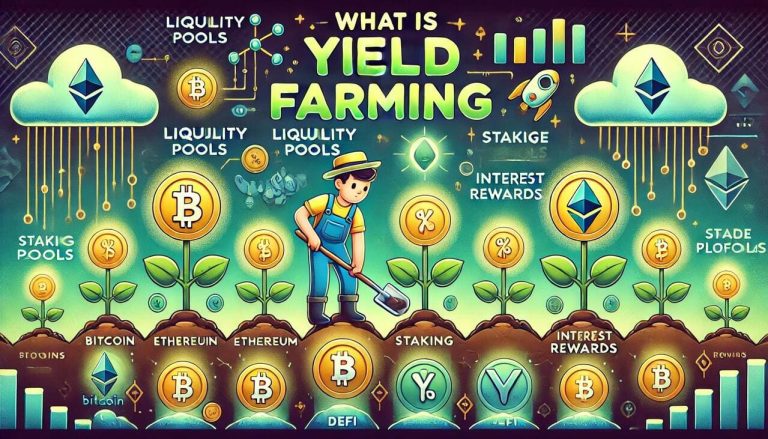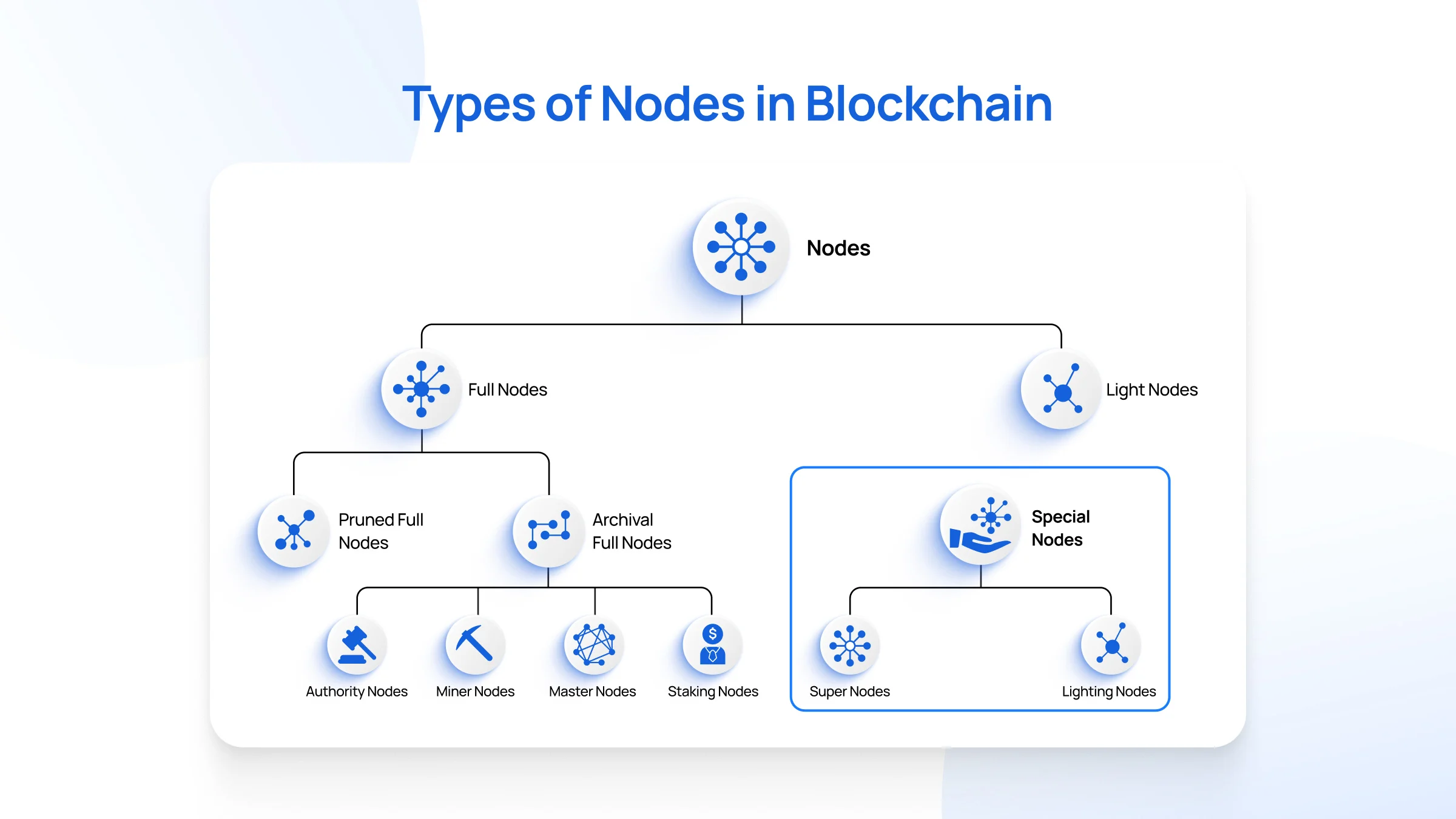Top yield farms in 2025
As of 2025, yield farming continues to evolve in the DeFi space, with new protocols and strategies emerging to maximize returns for investors. Yield farming, also known as liquidity mining, allows users to earn rewards by providing liquidity to decentralized protocols. These rewards are typically paid in the form of native platform tokens or other cryptocurrencies.
In this article, we will explore some of the top yield farms of 2025, covering the protocols, their yields, and the associated risks and rewards. Let’s dive into the most prominent yield farms and platforms to watch in 2025.
1. Aave (v3)
Overview:
Aave is a well-established decentralized lending and borrowing protocol. In 2025, Aave continues to lead the way in the yield farming space with its v3 upgrade, which brings enhanced features like gas optimization, improved security, and new liquidity pools.
Yield Farming Strategy:
Aave allows liquidity providers (LPs) to earn yields by supplying assets to liquidity pools. Aave supports a variety of assets, including stablecoins, popular altcoins, and even some exotic tokens. The yield farming rewards are distributed based on the liquidity pool’s demand and utilization rate.
Key Features:
- Multi-Collateral System: Aave’s multi-collateral system allows users to supply various types of collateral, which helps improve yield generation opportunities.
- AAVE Token Rewards: By staking AAVE tokens, users can earn governance tokens as rewards, which can be used to vote on proposals and influence the platform’s direction.
- Optimized for Gas Fees: With the introduction of Aave v3, users benefit from gas fee optimizations, especially on Layer 2 networks like Optimism and Arbitrum.
Yield:
- APY: Varies depending on the asset and pool utilization, but some pools offer rewards of up to 15-25% annual yield.
- Risk: Aave’s security features are top-notch, but users are still exposed to smart contract risk and liquidation risk if the assets provided are borrowed against.
2. Uniswap V4
Overview:
Uniswap is a decentralized exchange (DEX) that pioneered the automated market maker (AMM) model. In 2025, Uniswap V4 introduced advanced features like concentrated liquidity and improved yield farming mechanisms.
Yield Farming Strategy:
Uniswap allows LPs to provide liquidity to trading pairs in return for trading fees. In V4, LPs can concentrate their liquidity within specific price ranges, which leads to higher returns when their liquidity is used more frequently. The concentrated liquidity model allows LPs to choose the price ranges in which they want to provide liquidity, optimizing capital efficiency.
Key Features:
- Concentrated Liquidity: LPs can concentrate their liquidity to a specific price range, which results in higher capital efficiency and better returns.
- Dynamic Fee Structure: Uniswap V4’s dynamic fee model adjusts fees based on market conditions, allowing LPs to earn more during periods of high volatility.
- Governance: Uniswap governance is decentralized, and token holders can propose and vote on protocol upgrades and changes.
Yield:
- APY: Returns can range from 10-50%, depending on the token pairs and liquidity provided.
- Risk: The primary risks are impermanent loss (IL) and smart contract vulnerabilities.
3. Curve Finance (v3)
Overview:
Curve Finance is a decentralized exchange optimized for stablecoin trading and low slippage. It has been a go-to platform for yield farming, particularly for stablecoins, since its inception. Curve V3 in 2025 introduces innovative features that significantly improve capital efficiency.
Yield Farming Strategy:
Curve LPs can earn rewards by providing liquidity to stablecoin pools, which is a safer option due to the minimal price volatility in stablecoins. With Curve V3, the platform now offers multi-asset pools, allowing LPs to provide liquidity to a mix of assets rather than just one stablecoin.
Key Features:
- Stablecoin and Multi-Asset Pools: The ability to create pools that mix stablecoins with volatile assets allows for higher rewards with relatively lower risk.
- Gauge Voting: Curve’s gauge voting mechanism allows token holders to vote on which liquidity pools should receive higher reward allocations.
- Optimized for Capital Efficiency: Curve’s new features in V3 increase capital efficiency, meaning liquidity providers can earn higher yields with less capital.
Yield:
- APY: Some stablecoin pools offer yields in the 5-20% range, while more volatile pools could offer up to 50%+.
- Risk: The risk of impermanent loss is lower for stablecoins, but it’s still a factor to consider. Additionally, there are risks related to governance changes and smart contract exploits.
4. Yearn Finance
Overview:
Yearn Finance is a yield aggregator platform that automatically moves users’ funds across the best-performing DeFi protocols. Yearn’s Vaults pool funds from multiple users and optimize yield farming strategies using algorithmic techniques.
Yield Farming Strategy:
Yearn’s automated strategies target high yield opportunities across a variety of DeFi protocols, including Aave, Curve, Compound, and others. By pooling funds, Yearn can achieve economies of scale and reduce transaction costs for its users.
Key Features:
- Automated Strategies: Yearn continuously monitors the DeFi landscape to move funds to the most profitable protocols.
- Vaults for Different Assets: Yearn offers different Vaults for various tokens, including stablecoins, ETH, and other assets.
- Tokenized Rewards: Users can earn rewards in the form of YFI tokens, which give governance rights and are staked in the protocol.
Yield:
- APY: Returns vary based on the strategy and assets in the vault, with some vaults offering yields of 20-50%.
- Risk: The main risks include smart contract vulnerabilities and changes in the performance of the protocols Yearn invests in.
5. PancakeSwap
Overview:
PancakeSwap is a decentralized exchange built on the Binance Smart Chain (BSC), and it’s a popular platform for yield farming due to its low fees and high returns. PancakeSwap has introduced several yield farming innovations, such as IFO (Initial Farm Offerings) and staking pools.
Yield Farming Strategy:
PancakeSwap LPs can provide liquidity to token pairs and earn rewards in CAKE tokens. PancakeSwap also incentivizes users to stake their LP tokens in farms, where they can earn additional rewards. The platform offers farming opportunities for popular tokens like CAKE, BNB, and stablecoins.
Key Features:
- Low Fees: Built on the Binance Smart Chain, PancakeSwap offers lower fees than Ethereum-based platforms.
- Farming and Staking Opportunities: PancakeSwap offers yield farming with high CAKE rewards, and users can stake their tokens in pools to earn more rewards.
- IFO and Lottery: PancakeSwap’s IFO (Initial Farm Offering) allows users to participate in token sales, and the platform also hosts a lottery to increase user engagement.
Yield:
- APY: High yield farms on PancakeSwap can offer returns of 30-100%, with some farms offering even higher returns during periods of high demand.
- Risk: PancakeSwap’s risks include impermanent loss, smart contract risk, and exposure to BSC-specific vulnerabilities.
6. SushiSwap
Overview:
SushiSwap is a decentralized exchange (DEX) built on Ethereum and several other chains. It’s an AMM DEX similar to Uniswap, but it also offers additional features like staking, yield farming, and token launchpad.
Yield Farming Strategy:
SushiSwap offers users the opportunity to farm SUSHI tokens by providing liquidity to different token pairs on the platform. Users can stake their LP tokens in yield farms to earn additional rewards.
Key Features:
- Cross-Chain Compatibility: SushiSwap operates on multiple chains, including Ethereum, Polygon, Arbitrum, and others, giving users access to a broad range of liquidity pools.
- Kashi Lending and Borrowing: SushiSwap has integrated a lending platform, Kashi, where users can lend and borrow assets for additional farming opportunities.
- SUSHI Staking: Users can stake SUSHI tokens to earn governance rights and rewards.
Yield:
- APY: Yield farming APYs on SushiSwap can range from 20-60%, with some pools offering even higher yields based on token demand.
- Risk: The primary risks are impermanent loss and the risk associated with newer tokens and smart contracts.
Conclusion
Yield farming in 2025 continues to be an essential component of the DeFi ecosystem, offering high potential returns for liquidity providers. However, it’s crucial for investors to perform due diligence and understand the risks involved in these platforms.
The top yield farms, such as Aave, Uniswap V4, Curve Finance, Yearn Finance, PancakeSwap, and SushiSwap, provide diverse opportunities across various assets and strategies, allowing users to tailor their yield farming activities to their risk tolerance and capital goals.
While high returns are enticing, investors must stay informed about protocol upgrades, market conditions, and potential risks, such as impermanent loss and smart contract vulnerabilities, to make the most of their DeFi farming strategies.




